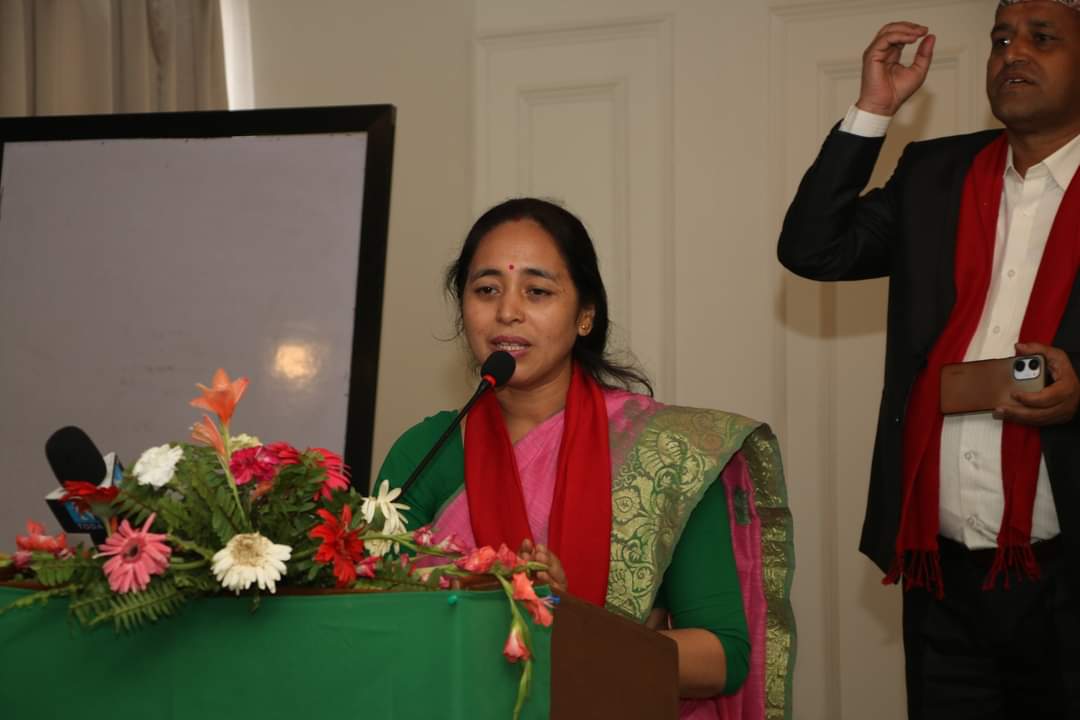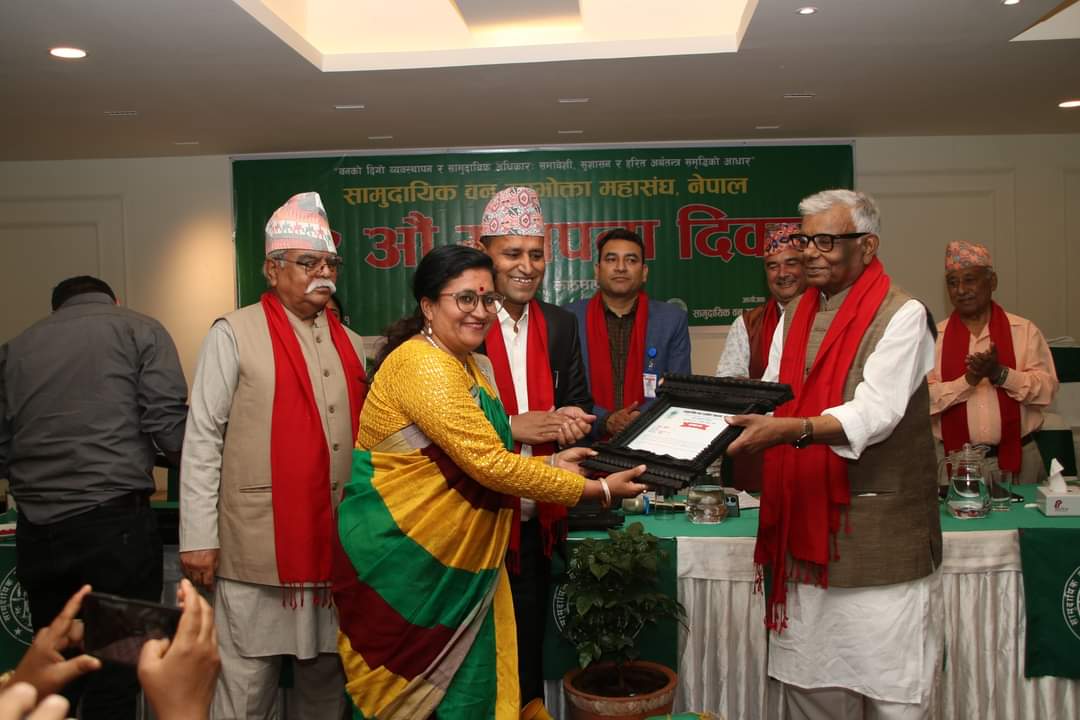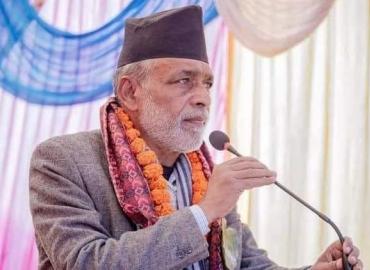- Raju Jhallu Prasad, Prem Bastola
Kathmandu: Experts in the forestry sector have emphasized advancing the concept and practice of community forests as a socio-economic movement, focusing on entrepreneurship. They argue that proper conservation, management, and utilization of available natural resources can significantly strengthen local economies and play a crucial role in social transformation. They stated that the Federation of Community Forest Users, Nepal (FECOFUN), must steer towards production and entrepreneurship.
These insights were shared by forestry experts during an event in Kathmandu celebrating the 29th anniversary of FECOFUN.
Vidur Subedi of the National Human Rights and Social Justice Forum Nepal (Human Rights Alliance) highlighted that community forests have become an integral part of local democracy in Nepal and stressed that the goal of community forests should now be enterprise development. He emphasized linking forests with agriculture to enhance livelihoods, awakening entrepreneurship among users, and increasing production to make the prosperity slogan meaningful. Subedi also called for the government to commit to food sovereignty, biodiversity conservation, and protection of community rights.
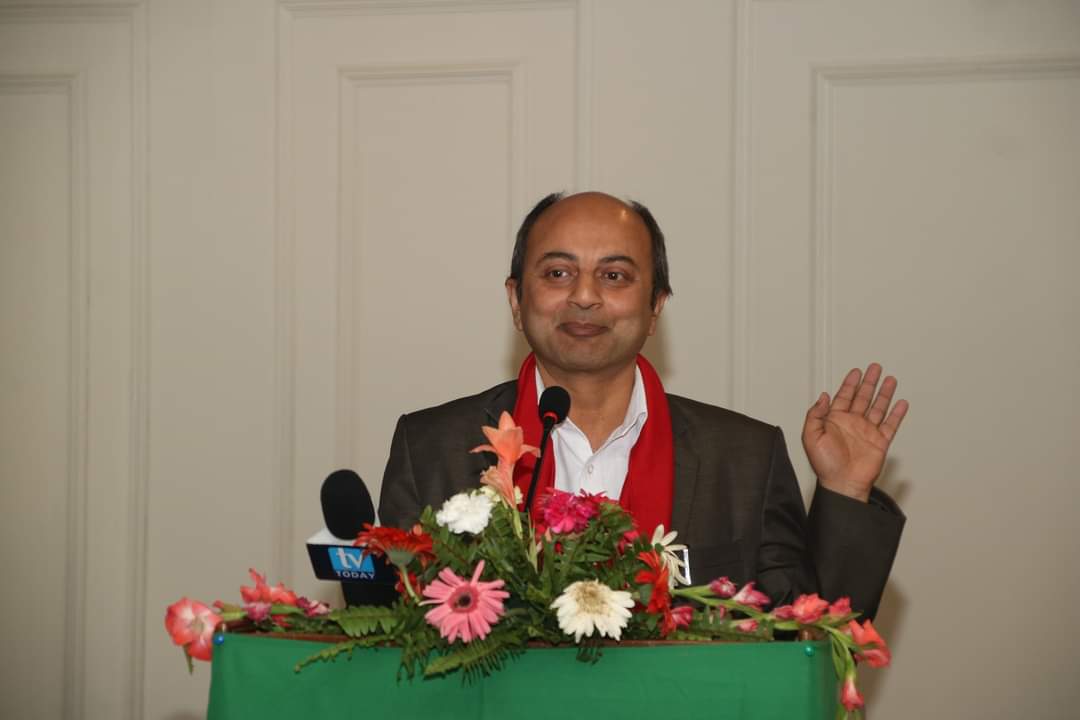
Similarly, Deepak Acharya, head of the Community Information Network (CIN), noted that communities have high expectations from community forests and urged them to become more serious and responsible. He called for a review of all sectors, including forests, the environment, nature, and agriculture, stating that everything from air, food, climate, and daily necessities is at risk, necessitating proactive advocacy from community forests. “Unless forests are linked with human life and the path to prosperity, we cannot preserve them. As evidenced by the recurring forest fires every year, the communal mindset that forests should not be preserved has already developed,” he said.
Acharya advocated for the promotion of ecotourism within community forests, community-based enterprises, identifying the impoverished for forest and agriculture-based employment, providing necessary technology to returning youths from abroad for forest enterprises, leadership development according to new contexts, collective farming through cooperatives, establishing resource collection, processing, and distribution centers, and operating wood-based enterprises by collecting mature trees in the forests.
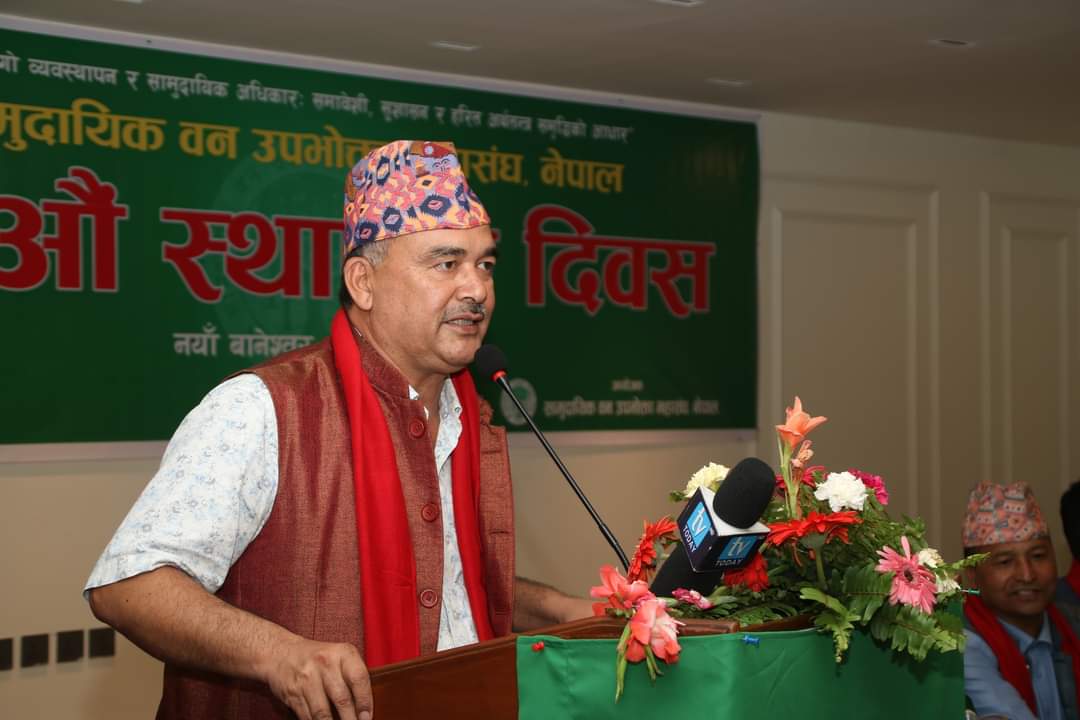
Dr. Netra Timilsina, president of the Nepal Red Cross Society, expressed concern over changing livelihoods dependent on forests and agriculture, stressing the need to enhance general consumer livelihoods by connecting forests with agriculture in a changing world. “Our forests have rotting timber; we cannot cut or sell it due to restrictions. Despite millions of losses annually from wasted timber, billions are spent on importing wood. We must overcome this problem and move towards prosperity,” he said. He urged the development and expansion of the community forest concept according to the changing times.
Similarly, Yamuna Ghale, an expert on agriculture and food security and a former advisor to FECOFUN, noted that the community forest concept, initiated to address the daily needs of consumers, particularly the poor and disadvantaged communities, has failed to connect with their prosperity. “We have not achieved industrialization, and community forests are lagging in this regard. Community forests need to address the interrelationship between wild animals, agriculture, and forests. As we protect forests, agriculture is becoming unsustainable,” she said. Ghale urged FECOFUN to speak up for farmers’ hardships, address declining soil health, and ensure that forest conservation does not compromise soil health and household well-being. She also highlighted the need for policy changes due to the increasingly complex relationship and partnership between community forests and the private sector.
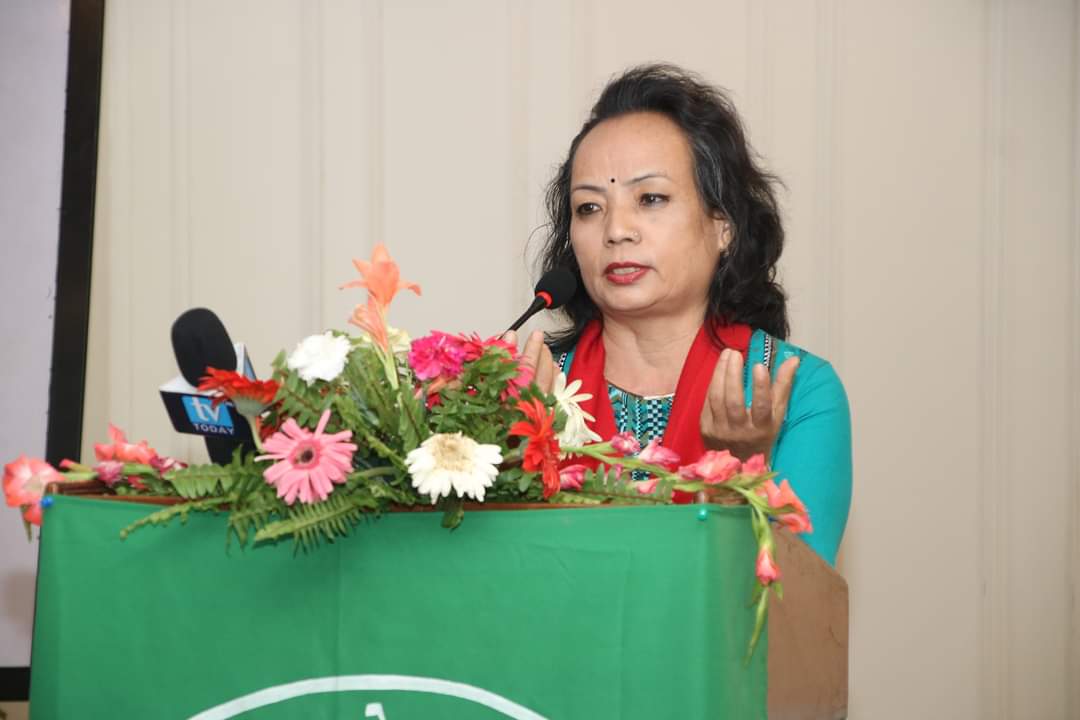
Ramji Neupane, an expert in entrepreneurship, emphasized the need for the country to advance towards entrepreneurship and a green economy, advocating that community forests can play a significant role in this transition. Neupane highlighted the importance of community forests not only for global environmental balance, carbon sequestration by industrial nations, recreational spaces for urban dwellers, and clean environments but also as a source of raw materials for enterprises. “It is necessary to manage community forest resources by supporting enterprises and providing the required technical and other assistance to groups. The policies and programs should integrate good practices within communities and traditional forest management methods to enhance dependence on forests,” he said. Neupane asserted that the economic prosperity of forest users should be the core principle of FECOFUN.
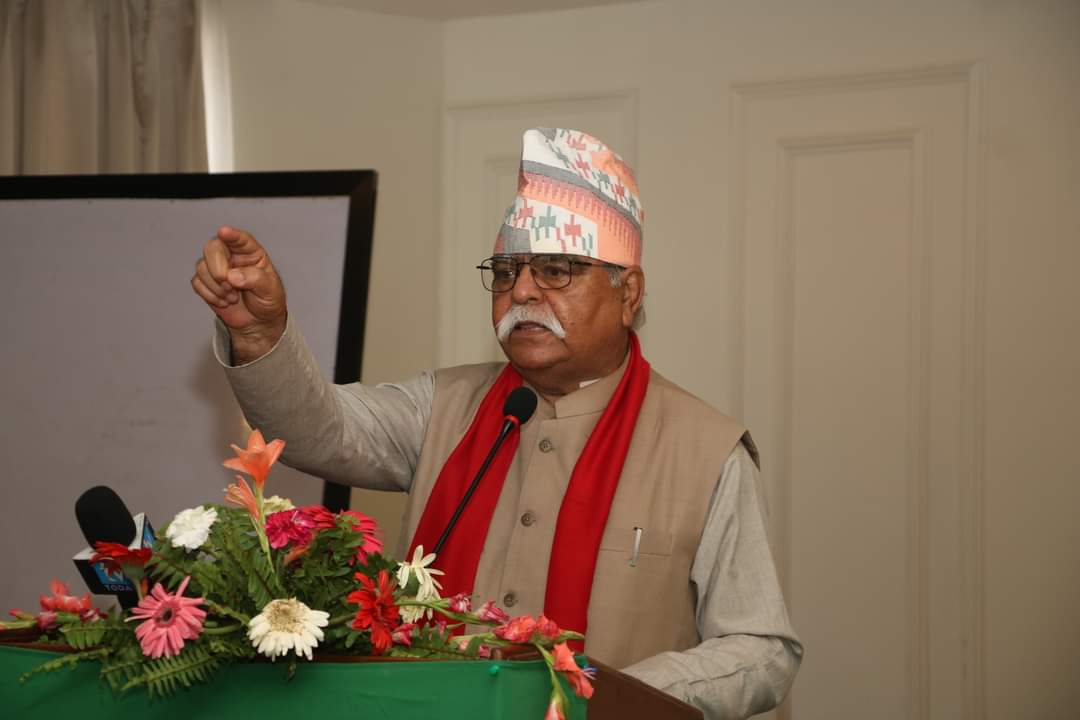
Speaking at the event, Dr. Ambika Prasad Gautam from Kathmandu Forestry College noted that community forests have guided even developed countries. However, he expressed concern that despite significant investment by users, there has been no substantial economic progress. He argued that the failure to recognize forests as renewable resources has prevented a focus on production and utilization alongside conservation. “Let’s focus on the active management and consumption of community forests to boost the economic growth of users over the next 8 to 10 years,” he said.

Similarly, Ghanashyam Pandey, former president of FECOFUN and a forestry expert, pointed out that sustainable forest management could provide employment to 1.5 million people and generate 100 billion in revenue for the state. “The recent government budget fails to mention the revenue potential of the forestry sector, despite its connection to national prosperity,” he said. “We must move towards the concept of One community forest, One forest enterprise. Achieving this could make Nepal’s community forestry movement a model for livelihood, entrepreneurship, environmental justice, and services.” He also lamented the delay in passing the sustainable forest management strategy, prepared four years ago, in parliament.
Navaraj Pudasaini, head of REDD+ implementation, stressed that many forest resource-related programs and projects aimed at poverty reduction are wasting away in Nepal, and as an institution approved by consumers, community forests must become more serious and responsible. “Our community forests need to collaborate with the private sector through companies,” he said. “Community forests have yet to achieve entrepreneurship; it’s time to advocate for immediate production.” He highlighted the need for community forests to come forward as employers, indicating that forest technicians should not be seen as above community forests.
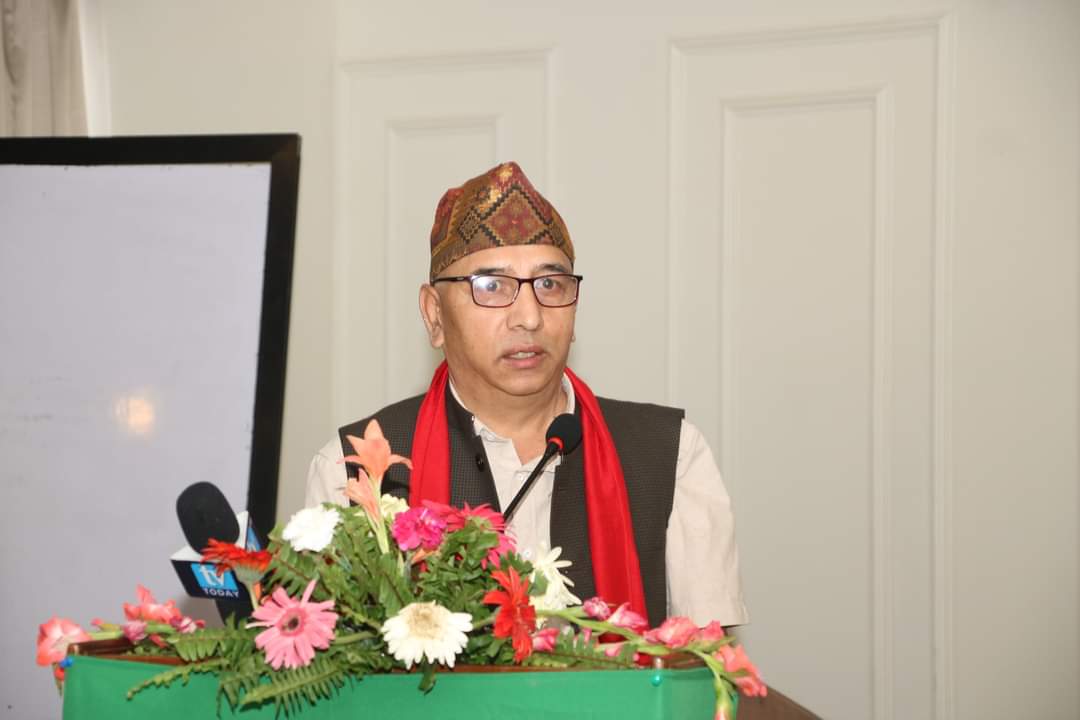
Pallav Nepal, a special advisor on natural resource management and climate resilience at the Finnish Embassy, emphasized the urgent need for community-driven industrial development, especially as the nation claims to be moving towards socialism. He noted that forest entrepreneurship constitutes a major part of Finland’s revenue and stressed the need for a “Big Push” in Nepal. “We can establish companies on a community basis, with community consumer committees as shareholders. We can bring Finnish technology to Nepal,” he said. “For example, we can replace leather products with materials made from mushrooms. We can open labs meeting European standards in agroforestry, obtain certification, and expand the textile industry.” He strongly advocated for community forests to focus on production and enterprise development over the next decade.
Speaking at the event, Minister for Forests and Environment, Nawal Kishore Sah Sudi, who also chaired the program, highlighted the global reputation Nepal’s community forests have earned in forest conservation. He expressed his readiness to overcome legal obstacles to facilitate an environment conducive to production, entrepreneurship, and industry. “Tell us your demands, and we will find solutions,” he stated.
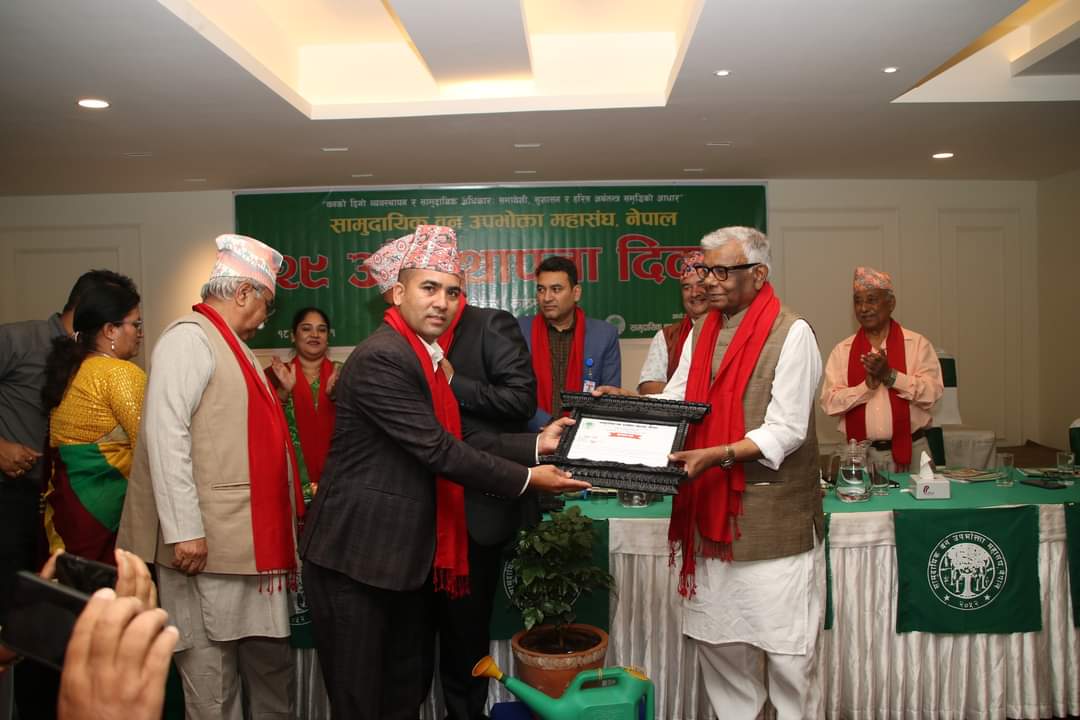
Thakur Bhandari, the central president of FECOFUN, pointed out the lack of a straightforward process and legal challenges for establishing networks and alliances to develop forest-based enterprises. He mentioned that some community forests are currently involved in collecting resin and cultivating and marketing plants like broom grass, cardamom, asparagus, lokta, and chiraito. He emphasized that they are actively working to expand these small and medium enterprises into full-fledged industries. “There is significant market potential for fruits like Chiuri, soap nut, walnut, bael, and lapsi, but due to the lack of knowledge and awareness about sustainable conservation and collection, these plants are disappearing from both government and community forest areas,” he said. “On the occasion of the 29th anniversary, we have received various suggestions related to forest enterprises, and we will remain vigilant and responsible in implementing them.” President Bhandari also noted that developmental interventions repeatedly fail to identify the complexities of poverty and community livelihoods.
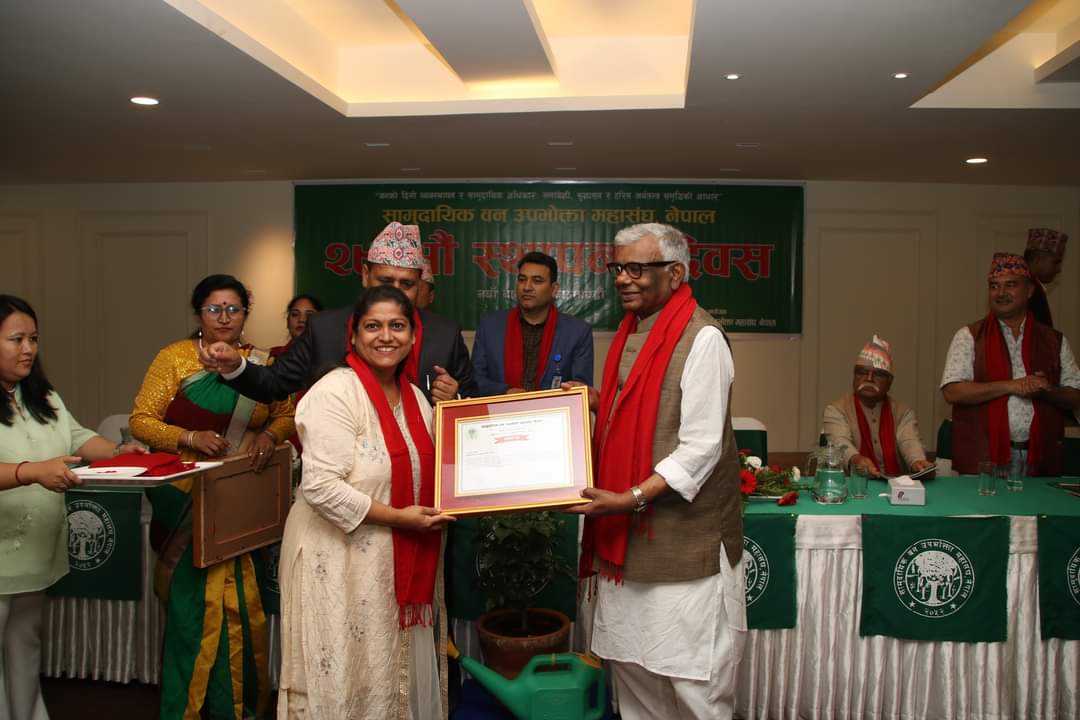
The event, attended by over 150 participants, featured officials, members, and users of community forests, as well as representatives from district and local federations, forest product entrepreneurs, and other stakeholders.
